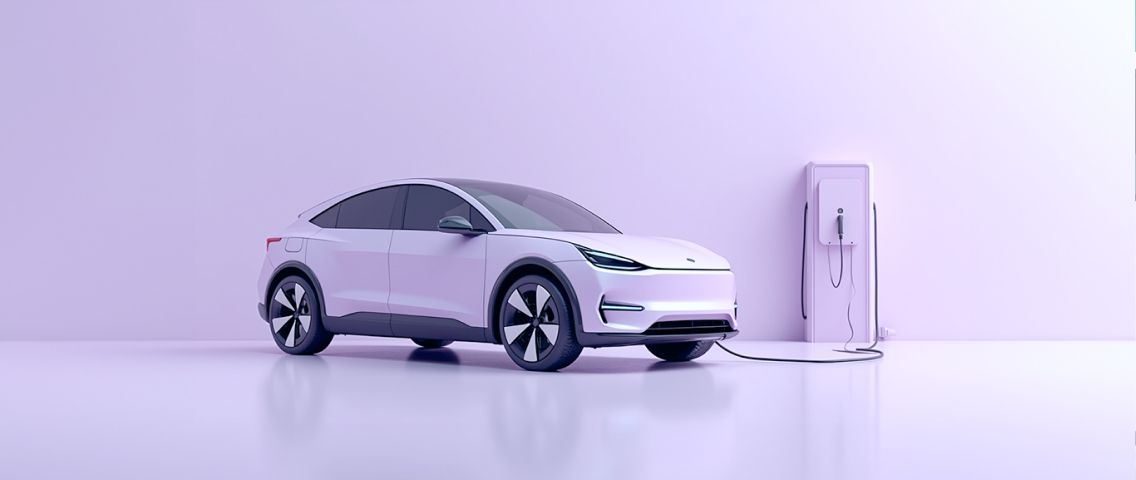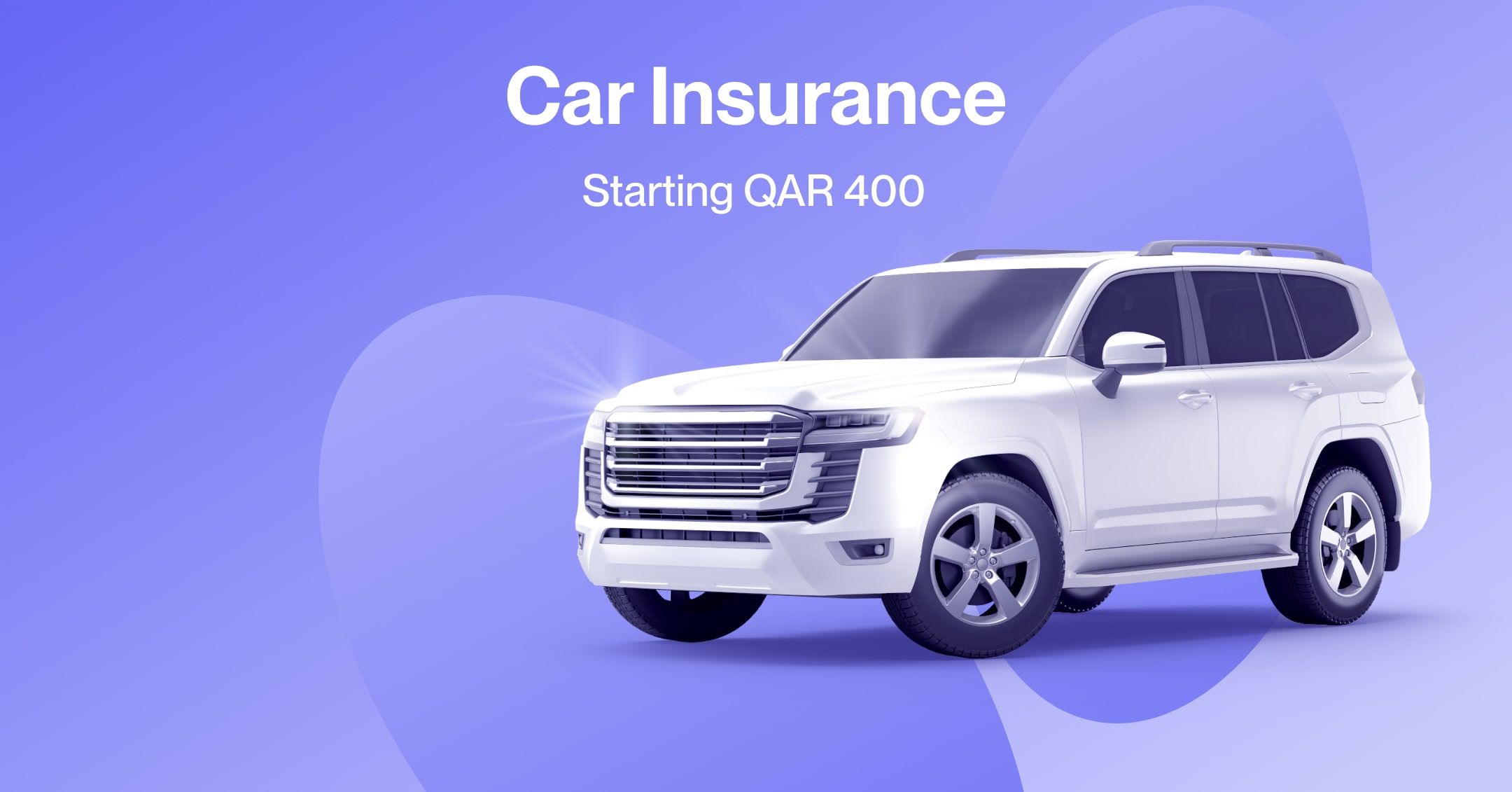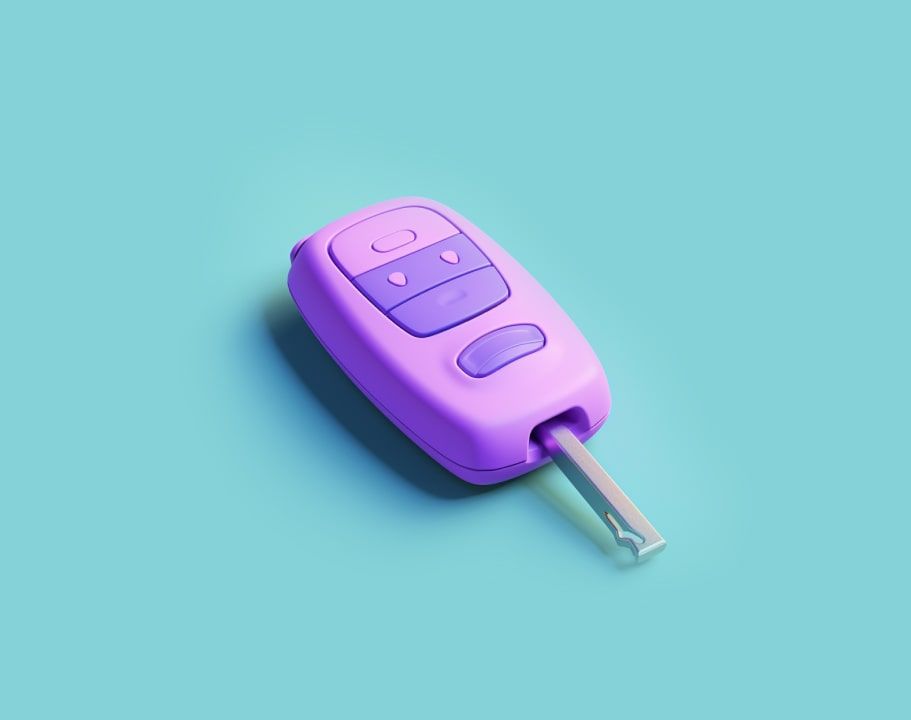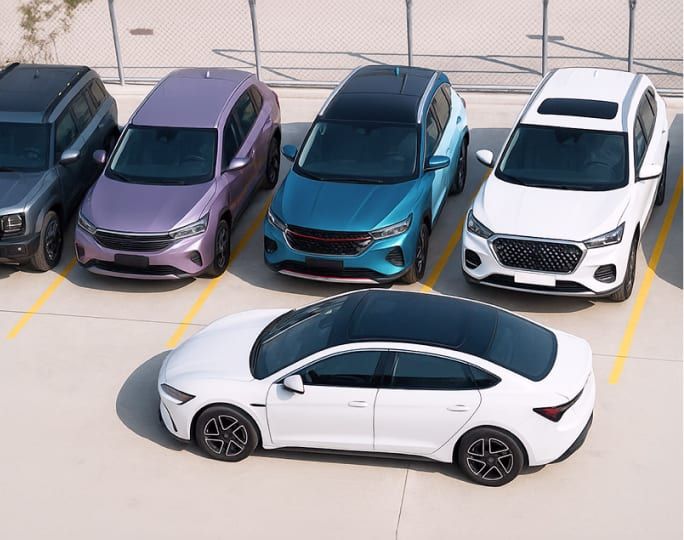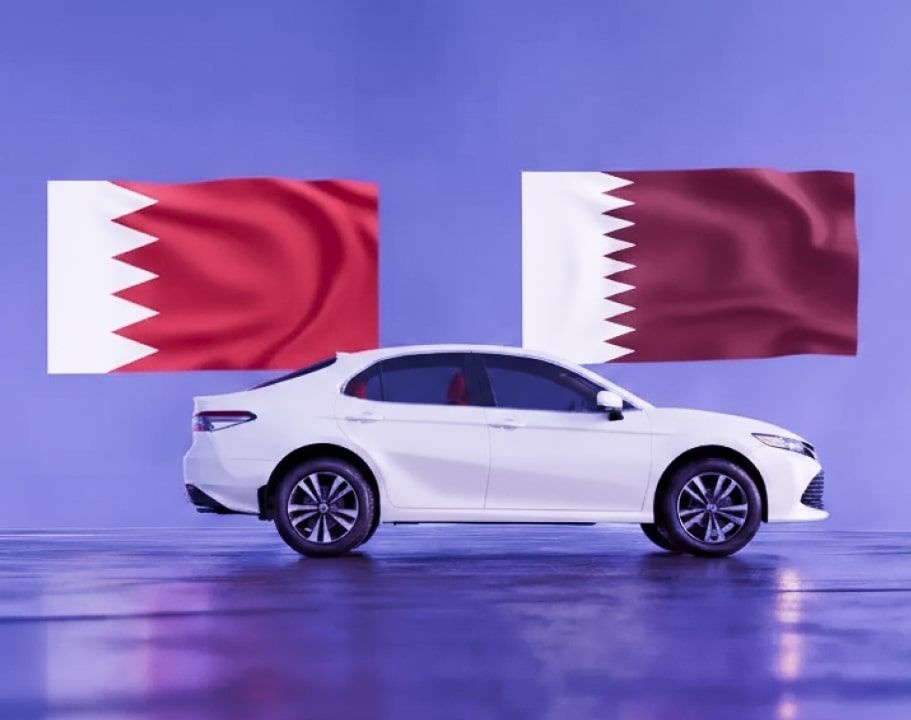Contents
Electric cars are gradually becoming part of daily life in Qatar. But what’s driving the change? It’s not just about fuel efficiency — but also evolving lifestyles, new and smarter technologies, and a country on a sustainability mission. Recent numbers show that the EV market in Qatar is expected to expand by more than 30% yearly by 2030.
Why go electric when fuel is cheap
Qatar’s petrol prices are among the lowest in the world, so for many drivers, the idea of paying more upfront for an electric vehicle can feel unnecessary. But there are real-life perks that go beyond fuel savings.
One benefit is lower everyday maintenance. Electric cars have fewer moving parts than traditional engines — no oil changes, no spark plugs, fewer filters, and less brake wear thanks to regenerative braking. As a rough estimate, you can expect to pay USD 4,600 less in repair and maintenance costs over the lifetime of an EV compared to a petrol vehicle, which translates to USD 949 less per year.
Another advantage is comfort and the driving experience itself. Electric cars deliver quiet acceleration and instant torque, which makes city driving smoother — especially in Doha’s traffic. And because there’s no engine rumble, you can enjoy your music, podcasts, or silence.
Sustainability is also a factor, and EV adoption is not only for major corporations or government fleets. The Qatar National Vision 2030 clearly states its objectives in terms of greener transportation and reduced emissions as well as the growth of public charging and refueling infrastructure for electric vehicles. Local taxi companies like Mowasalat and Karwa are already working to deploy electric buses and hybrid taxis, demonstrating how EVs can be integrated into the daily ebb and flow of life.
Finally, it’s worth mentioning that as Qatar works to meet its green targets, more incentives for electric car owners could appear over time — reduced registration fees, reserved parking spots, and lower import duties are all measures other GCC countries have tested, and they could make owning an EV even more practical down the line.
How easy is charging — And where can you plug in
If you’re considering an electric car in Qatar, your biggest question might be: “Are there enough places to charge?” The short answer is yes — and it’s improving year by year, with clear targets in place to support the shift to electric. As part of its National Vision 2030, Qatar is targeting a more sustainable, eco-friendly, and low-emission economy — and electric transport plays a key role. Before the 2022 World Cup, the government set up over 600 charging stations for electric buses and planned to make 25% of public buses electric by that year. Looking ahead, the goal is to entirely switch public transport to electric and build 15,000 public charging stations by 2030.
Apps such as PlugShare or CITA locate where your nearest fast chargers are. You’ll also find them at popular spots like Lusail City, Katara Cultural Village, the Pearl, shopping malls, and some residential compounds. Many EV owners charge overnight at home for everyday city commutes — no more fuel stops needed. Installing a private wall charger at home isn’t difficult either — you need the proper electrical setup and permission if you live in an apartment or gated community. Most drivers hire a licensed professional to handle the installation safely. For longer drives, it’s still smart to map your route in advance.
Popular electric cars in Qatar
EV options in Qatar have grown significantly since 2020, with more brands and models being tested on local roads. Here are the models drivers are starting to trust:
Mahindra EVs
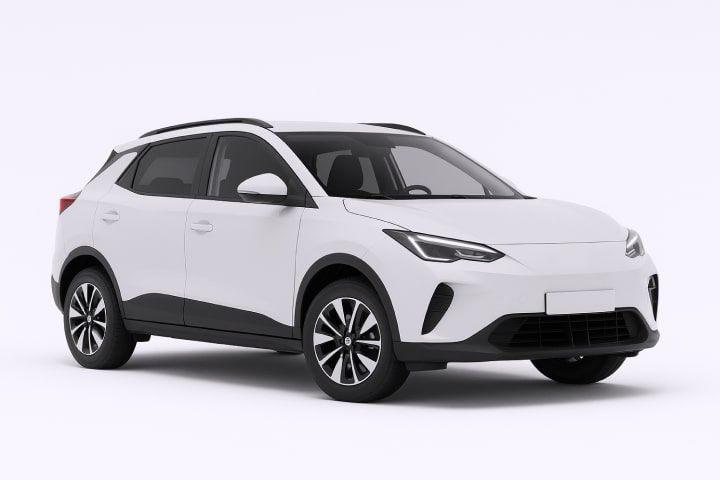 Mahindra offers budget-friendly, city-ready EVs like the XUV400 Electric — a simple compact SUV with a practical range for daily errands. It’s a straightforward choice for buyers who want low-emission driving without the high price tag.
Mahindra offers budget-friendly, city-ready EVs like the XUV400 Electric — a simple compact SUV with a practical range for daily errands. It’s a straightforward choice for buyers who want low-emission driving without the high price tag.
Price in QAR: 76,440
Tesla Model Y
 The Model Y boasts an impressive range and advanced technology, offering abundant interior space. A great fit for families.
The Model Y boasts an impressive range and advanced technology, offering abundant interior space. A great fit for families.
Price in QAR: 168,490
Tesla Model 3
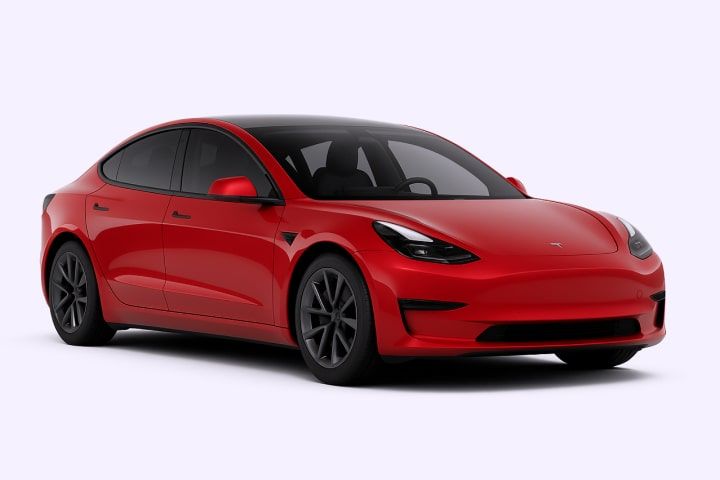
The TeslaModel 3 stands out for its sleek design, quick acceleration, and reliable range — a popular choice for drivers who want a sporty feel with everyday practicality and the convenience of Tesla’s charging network.
Price in QAR: 148,490
MG4 EV

A fun and inexpensive hatchback with extended range and sports car-like handling, the MG4 EV is practical for commuting around town and an ideal first EV purchase.
Price in QAR: 70,000
Hyundai Ioniq 5
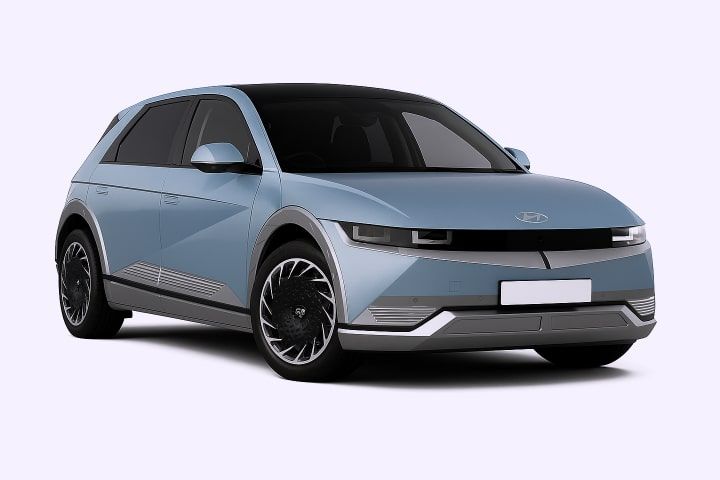
The Hyundai Ioniq 5 features a spacious passenger area and quick charging function alongside its aerodynamic exterior design. The Hyundai Ioniq 5 is a dependable and well-balanced family electric vehicle that can be used daily.
Price in QAR: 190,900
BMW i4
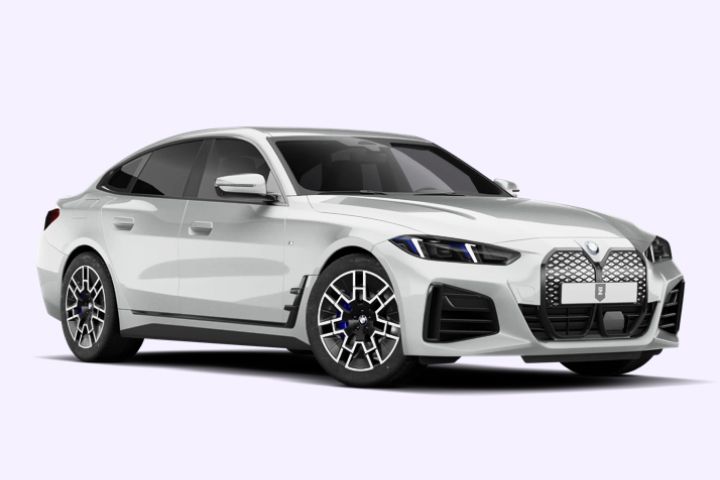
The i4 is a BMW in a pure-electric package. The vehicle comes equipped with an electric motor while maintaining a sporty profile characteristic of BMW vehicles. The i4 is a sleek, all-electric car. Drivers will love the premium interior and smooth driving.
Price in QAR: 285,000
BYD Han
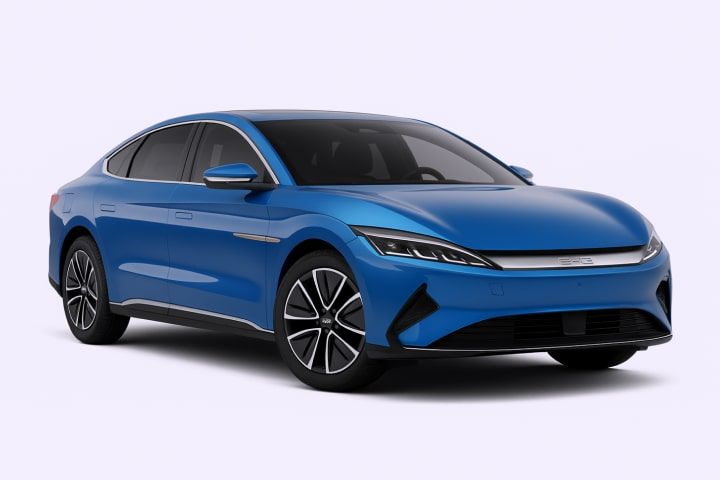
BYD's Han luxury electric sedan may be getting a toehold in the Gulf. While the interior is upscale, range and smooth handling are other notable attributes.
Price in QAR: 230,000
Many buyers in Qatar are also keeping an eye on the second-hand market, which is small but slowly expanding. When shopping for a used car, always check the battery health warranty status and read this guide on buying a used car in Qatar.
What to know before buying electric
Thinking about making the switch? Here’s what to check before you sign for your first EV:
-
Be realistic about how far you drive each week — not just on a typical workday, but when you add errands, school drop-offs, and weekend trips. Compare that to the real-world range of your short-listed models in Qatar’s heat, since high temps and AC use can affect battery performance.
-
The battery is the most expensive part of an EV. Check exactly how many years or kilometers your battery warranty covers — and understand what replacement options and costs could look like down the line.
-
If you're in a gated community or an apartment complex, see if you can get permission to put a charger on the wall of your parking spot. If not, is there a shared charger in the area, or will you be using the public chargers?
-
Use PlugShare or CITA to locate where your nearest fast chargers are — handy if you need to make a quick stop outside the city limits.
-
Double-check the service history and request a recent battery health report from the current owner or dealer if you’re buying a used electric car. Then, make sure you check and transfer ownership properly.
-
Take your top choice for a test drive. Notice how it handles stop-and-go traffic, tight parking spots, and highway conditions — you’ll see if the range and comfort match your daily routine.
